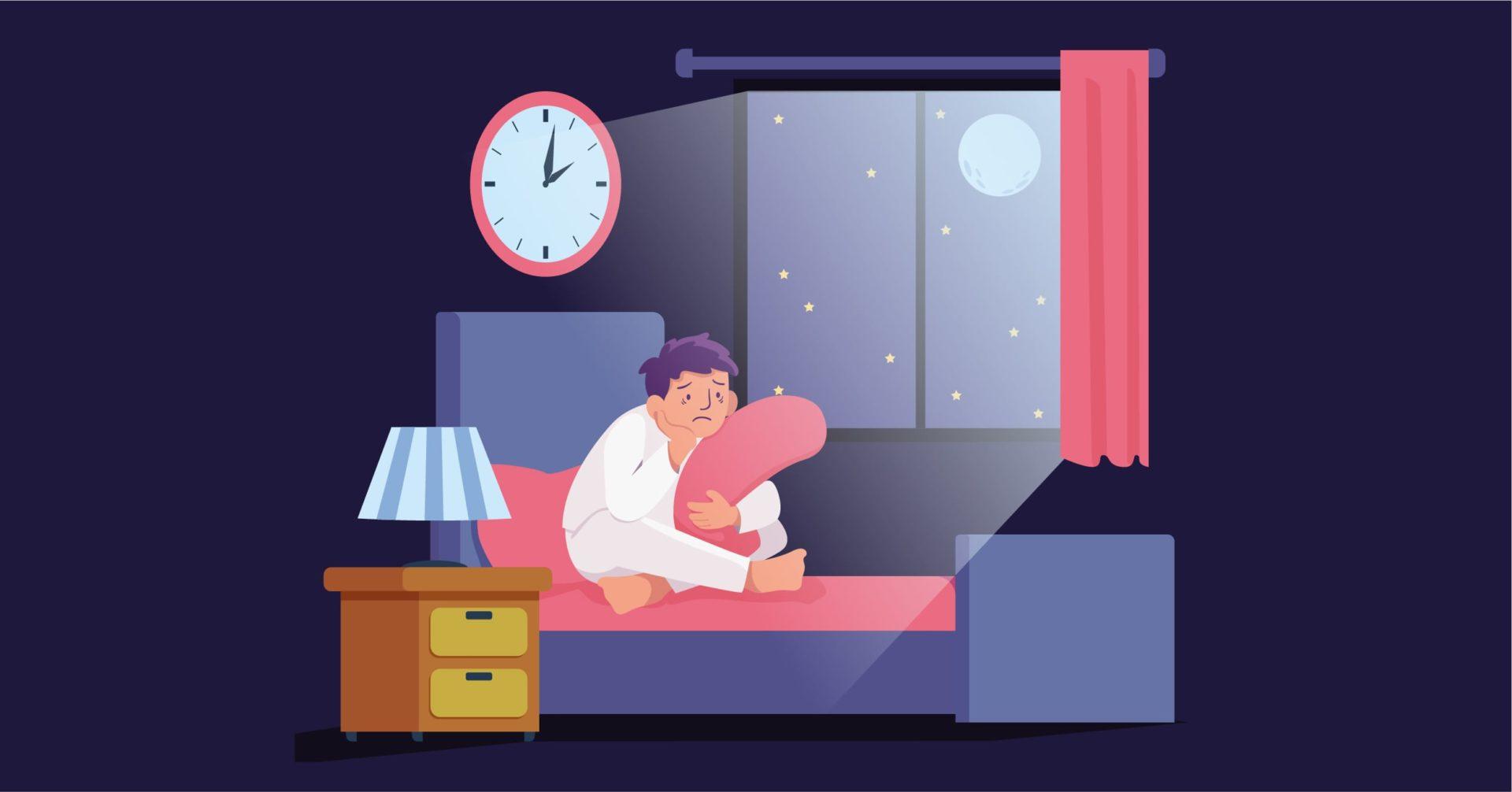Overview
Pyromania is a rare disorder characterized by an impulsive urge to set fires, along with recurrent fire-setting behavior. A common misconception leads many to believe that a majority of those engaging in fire-setting behavior or arson are diagnosed with Pyromania, which is not the case. A diagnosis of Pyromania requires for there to be no underlying motive for the fire-setting behavior, and also that the behavior is not a result of any underlying disorders.
There is a paucity of epidemiological and etiological data on Pyromania. A male preponderance has been established, and while the onset is hypothesized to be during childhood or adolescence, the disorder is commonly diagnosed in adulthood.
Comorbidities often include disruptive and impulse control disorders, gambling disorder, conduct disorder, antisocial personality disorder, mood disorders, and substance use disorder. There are no established modes of treatment due to a lack of controlled trials, and thus the management options are based on data from case reports proving the efficacy of various pharmacological and psychotherapeutic avenues.
Signs and Symptoms
- An impulsive and uncontrollable urge to set fires
- Attraction, fascination, or obsession with fire and equipment used to start fires
- Emotional tension leading up to the act of setting the fire
- Pleasure or relief while setting the fire
Risk Factors
The epidemiology of Pyromania is largely unestablished. In spite of the prevalence of fire-setting behavior, it is rare for a case of “true” Pyromania, as illustrated by the DSM-5 to be a fire-setting behavior in the absence of any other motivators other than an uncontrollable urge, to surface. According to the DSM, the disorder occurs more in males than in females, especially among those who present poor social skills and difficulties in learning.
Due to the rare occurrence of the disorder, the etiological factors have not yet been determined, and it is difficult to confidently establish a typical age of onset. The earliest onset of Pyromania, reportedly, is the age of 3 years, though the disorder may present itself in adulthood for the first time.
Due to the classification of Pyromania as an impulse-control disorder, it may be hypothesized that genetic factors and heritability come into play. A history of psychosocial trauma was observed in females with pyromania, and it has been hypothesized that the disorder could be a result of the displacement of aggression due to non-confrontational tendencies.
Over the course of the disorder, the incidences of fire-setting may be sporadic. A multiplicity of causes including individual temperament, psychopathology among parents, social and environmental correlates, and neurochemical factors have been hypothesized in association with fire-setting behavior among children.
There is a high comorbidity of psychiatric conditions including substance use disorders, gambling disorder, mood disorders (such as depressive and bipolar disorder), conduct disorder, and other impulse control and disruptive disorders.
Diagnosis
The diagnostic criteria for Pyromania as stated in the DSM-5 put emphasis on multiple occurrences of deliberate fire setting as well as an affective urge, or tension, that is felt leading up to the act of setting the fire, as well as pleasure or relief after the individual spectates the consequential result of their behavior.
The diagnostic criteria for the disorder are:
- A deliberate act of fire-setting more than once
- Tension of emotional arousal prior to the act
- Interest in, curiosity about or attraction to fire and contexts involving it, including its uses, consequences and paraphernalia
- Pleasure, gratification, or relief when setting the fire, or when witnessing or taking part in its aftermath
- There are no underlying motives such as monetary gain, expressing socio-political ideas, concealing criminal activity, expressing anger or vengeance, improving one’s living conditions, response to delusions or hallucinations, or results of impaired judgement that may arise from neurocognitive disorders, intellectual disability, or substance intoxication
- The fire setting behavior is not better explained by conduct disorder, manic episodes, or antisocial personality disorder
The preceding emotional tension and following relief surrounding the act of fire-setting can be instrumental in differentiating between Pyromania and fire-setting that results from underlying motives. Diagnosticians must be especially careful while interviewing individuals due to the criminal implications of fire-setting behavior.
On one hand, it is possible that an individual may not disclose their history of fire-setting behavior due to fear of incrimination. However, it is common for arsonists to plead not guilty against charges by the way of. It is thus important for clinicians to maintain an attention to detail with regards to the events reported and information provided.
While there is a lack of instruments available to detect risk of fire-setting behavior in adults, three such scales exist for children, including:
- Lowenstein Fire Raising Diagnostic Test
- Children’s Fire-setting Interview
- Fire-setting Risk Interview
It is also important to rule out other possible causes of the fire-setting behavior apart from motive-driven fire-setting and arson. A separate diagnosis of Pyromania is not made when fire-setting behaviors arise out of underlying causes such as psychiatric disorders, neurocognitive disorders, intellectual disabilities, or the effect of drugs.
Treatment
Due to the dangers posed by fire-setting behavior that is characteristic of Pyromania, the ultimate focus of treatment is to eradicate it entirely. In cases where fire-setting is a symptom of other underlying causes, it must receive primary attention and be managed within the course of treatment of the other disorder.
Due to the rarity in the prevalence of the disorder, there is no established course of treatment for Pyromania, and the available modes of management are based upon individual case studies. Bearing the same, treatments are largely psychosocial in nature, focusing on behavioral interventions. Cognitive behavioral therapy has shown some efficacy.
There is no standard pharmacological treatment for Pyromania, due to a lack of controlled trials investigating the same. However, anti-epileptics, antipsychotics, SSRIs (Selective Serotonin Reuptake Inhibitors), lithium, antiandrogens, have been put forth as potential treatment options, and shown efficacy in some cases.
Differential Diagnosis
1. Other causes of intentional fire setting: It is important to rule out other causes of fire setting before giving the diagnosis of pyromania. Intentional fire setting may occur for profit, sabotage, or revenge; to conceal a crime; to make a political statement or to attract attention or recognition. Fire setting may also occur as part of developmental experimentation in childhood
2. Other mental disorders: A separate diagnosis of pyromania is not given when fire setting occurs as part of conduct disorder, a manic episode, or antisocial personality disorder, or if it occurs due to delusion or a hallucination or due to the physiological effects of another medical condition. The diagnosis of pyromania should also not be given when fire setting results from impaired judgment associated with major neurocognitive disorder, intellectual disability, or substance intoxication.
Comorbidity
There appears to be a high co-occurrence of substance use disorders, gambling disorder, depressive and bipolar disorders, and other disruptive, impulse-control, and conduct disorders with pyromania.
Specialist
A possible reason that so few individuals with Pyromania seek treatment could be due to the criminal implications of fire-setting behavior. It is possible for the fire-setting activity to result in the individual sustaining injuries or burns, in which case a general practitioner may schedule a psychiatric evaluation if agitated behavior is noticed. Psychiatrists and clinical psychologists can be involved in the diagnosis and treatment of the disorder. Therapists trained in CBT may provide interventions.
The onus of maintaining an empathic and confidential relationship with the individual falls on the specialist involved, due to the legal implications that patients may be at the risk of.
In Conclusion
Pyromania involves lighting flames, feeling nervousness before doing so and enjoying yourself afterwards, and having an interest in items related to fire.
Prevention focuses on imparting fire safety education, improving assessment at younger ages, and teaching children self-control as a skill. Children at high risk can be kept an eye out for signs of pyromania or other mental health issues. Adult monitoring of small children is essential, in addition.
Since 95% of children benefit from early intervention, it is crucial to address any deviant behavior with a mental health expert as soon as it arises.
Book a session with us for an expert’s suggestion today.





